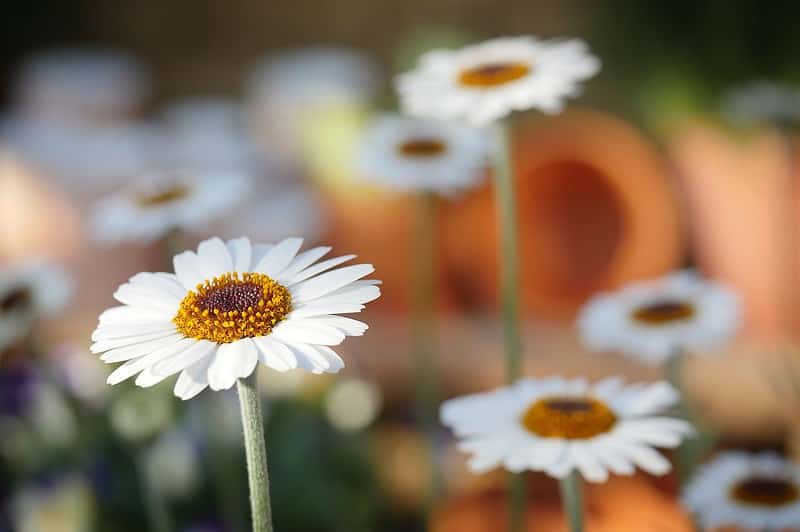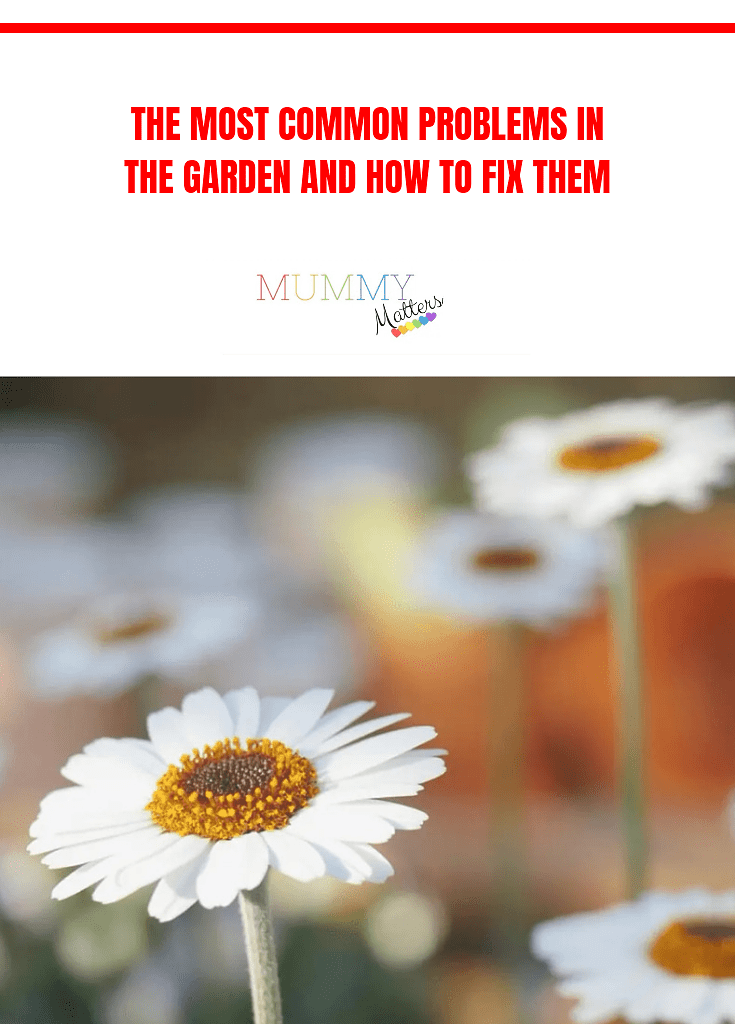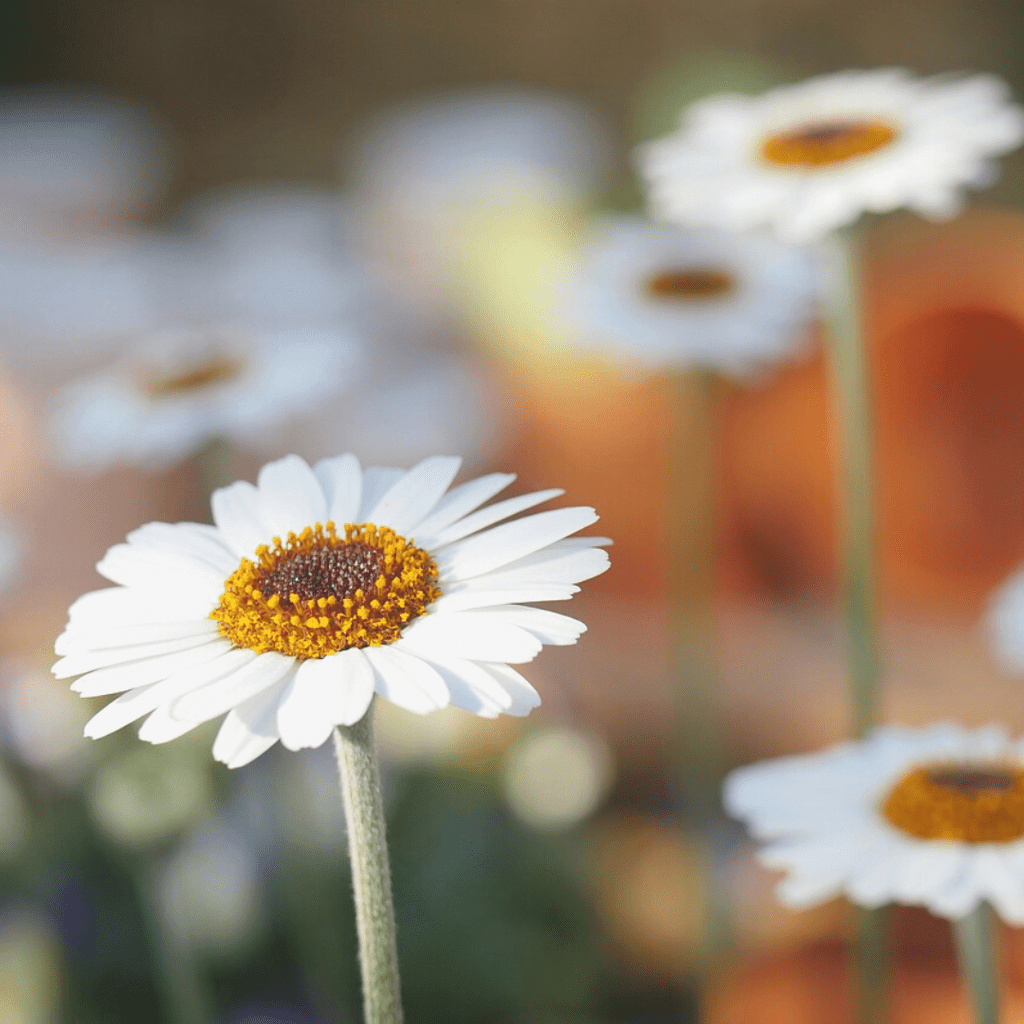From pesky bugs to poor soil composition, getting discouraged is easy when things don’t go your way in the garden – especially if you’re starting. Likewise, knowing how to identify and fix garden problems can take some trial and error until you find what works best for your climate and specific conditions. But don’t worry – this article has all the essential tips and tricks. Read on, explore the most common problems experienced in gardens across climates, and learn about the solutions that can help you overcome them.
Dealing with plant diseases

Plant diseases are complex and often challenging to diagnose, frustrating novice gardeners. To tackle these illnesses, it helps to understand how they form, how to prevent them, and how to treat them safely. Knowing the common signs of plant disease is essential in mastering maintenance techniques. Prevention is vital, too – creating healthy soil usage plans, pruning properly, and watering efficiently goes a long way. For your trees, seasoned arborists from Arbor Vision, Incorporated recommend that you conduct an annual inspection of the trunk, bark, leaves, and branches to look for any potential signs of disease. If you are dealing with a plant ailment, seek professional assistance or resources to get help quickly. The battle against plant disease begins with understanding it – the more knowledge you have about what you’re dealing with, the better your chances of success in keeping your garden healthy.
Dealing with weeds as well
Weeds often seem determined to stand in the way of gardens achieving their full potential. So how can you deal with them? The good news is that there are many ways to prevent weeds from growing in the first place without investing a lot of time and energy. Planting perennials, applying thick layers of mulch, and using pre-emergent herbicides are all practical techniques for avoiding an unpleasant wedding experience. Once they’ve taken root, though, diligent pulling or hoeing can effectively remove these pesky plants. When used with a weedkiller such as a glyphosate or an organic alternative like white vinegar, you can rest assured your garden will stay weed-free in no time.
Fighting pests
Common pests such as aphids, caterpillars, and mites can decimate the hard work you put into your garden, turning blooms to brown in no time. Rather than go for the more extreme chemical warfare tactics, why not try some natural pest control methods? For example, avoid over-fertilizing the soil – this can attract bugs. Planting garlic or chives will help repel aphids and other insects away from other plants in your garden—just be sure to put it far enough away so that any strong aroma won’t disturb you from enjoying your outdoor space. Finally, promptly cleaning up damaged and diseased plants can also help reduce the number of aphids or unwanted critters in your garden by eliminating possible food sources or housing.
Reviving your soil
Over time, soil can become tired and lifeless if it isn’t receiving proper care and attention. The best way to revitalize your soil and get it back into shape is by improving the drainage. This can be done in various ways, including sourcing mulch from abundant sources such as fallen leaves and tree trimmings, using beneficial microorganisms that help break down organic material, adding additional sand for extra airflow, and aerating the ground, so it receives more oxygen. Not only does this help to create better drainage, but it also makes nutrient-rich minerals more accessible to the plants you’re trying to grow. Reviving your soil can take a bit of elbow grease, but with some determination and know-how, you should find beautiful, fertile ground ready to nourish your produce in no time.
Choosing the right plants

When selecting plants for your garden or outdoor space, it pays to understand your particular climate, soil type, and sun exposure. Different plants will thrive in different locations, so evaluating your garden environment is essential to choose the right mix of plants that best complement each other. For those with little knowledge of plant selection, enlisting the help of a professional such as a nursery staff member or horticulturalists can ensure you get the insight you need to create a compelling and flourishing combination you’ll enjoy for years.
Watering strategies
Depending on the type of plant and its natural habitat, you could be dealing with anything from a desert succulent that needs very little water or a tropical plant in need of frequent hydration—or anything in between. One excellent approach is to install a soil moisture sensor that can tell you when it’s time to add water according to your specific plan. You should also use the “finger-touch test” – stick your finger into the soil of your houseplants (up to the first knuckle) every few days. If it feels damp, hold off – if it’s bone dry, provide some much-needed hydration. Pick up a houseplant book for ideas about how frequently to water each species.
It is essential to take proactive steps across all aspects of gardening. While the work associated with these tasks is often daunting, it’s one of the best rewards when you see the fruits of your labor in beautiful blooms and thriving foliage.


